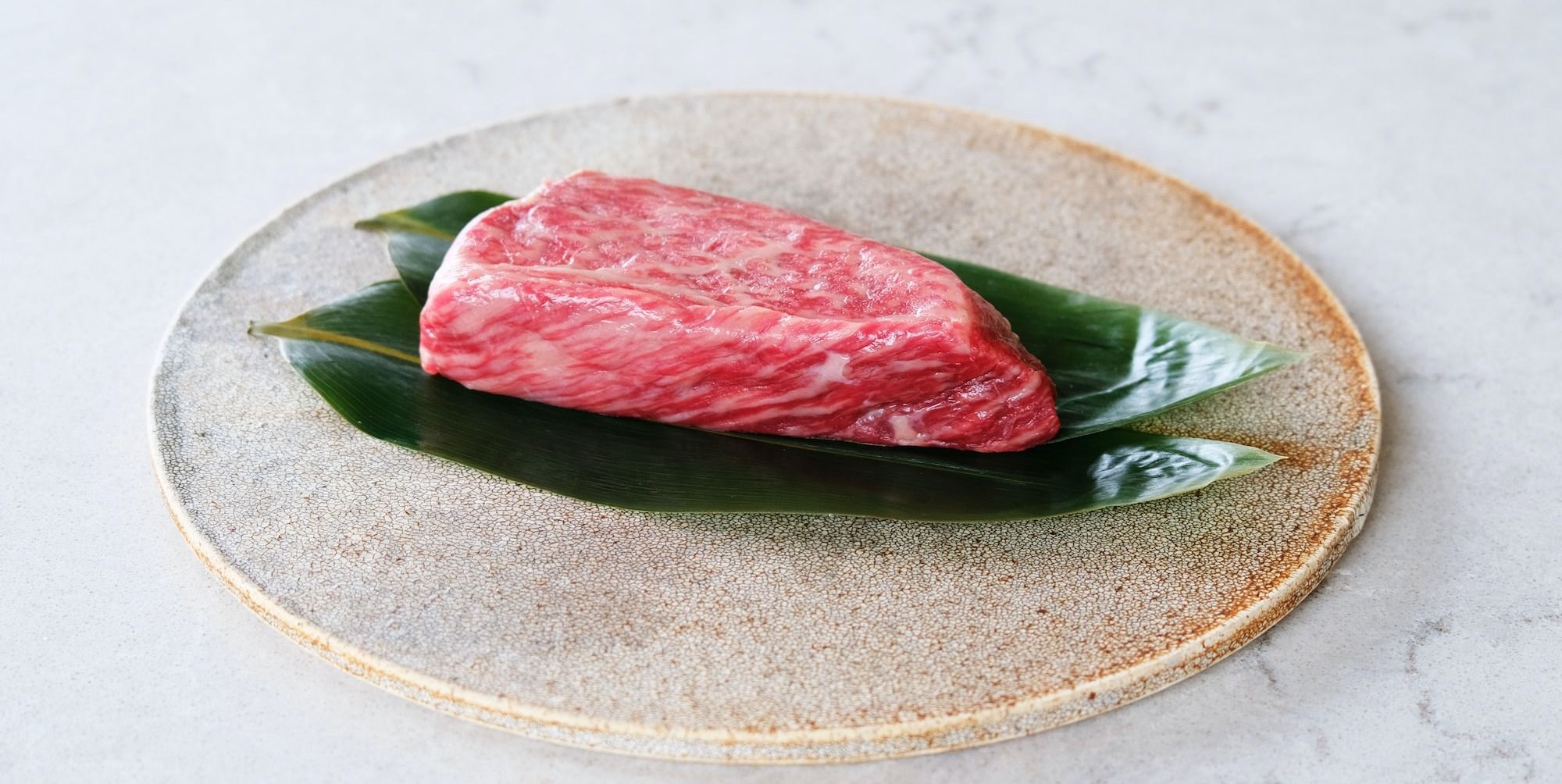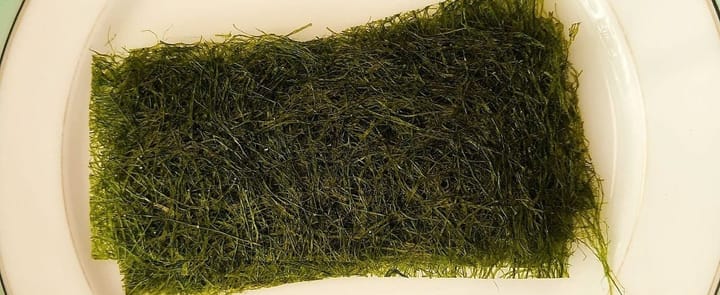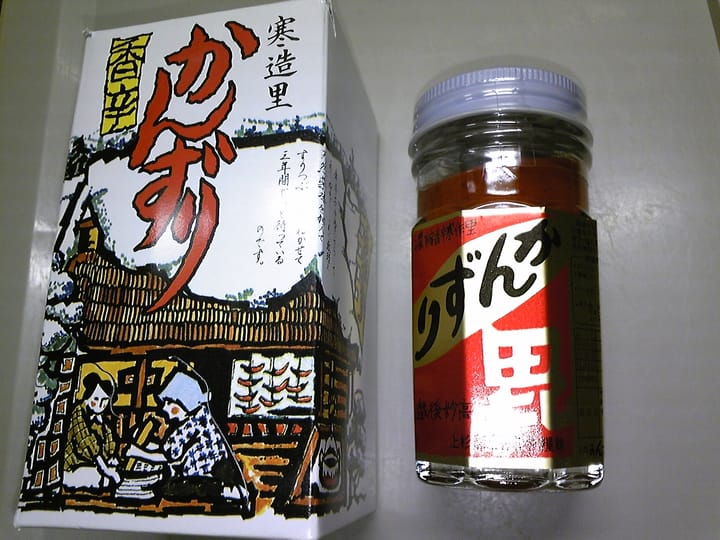Why Is A5 Wagyu So Expensive?
Decoding the High Price Tag of A5 Wagyu Beef

What Is Wagyu Beef?
Wagyu beef is a special kind of beef that originates from the Wagyu cattle breed, indigenous to Japan. "Wagyu" is a Japanese term where "wa" stands for Japan and "gyu" for cow.
In Japan, for a cow to qualify for the Wagyu label, it must have a genetic lineage traced back to one of four native breeds: The Japanese Brown (Akage Washu), the Japanese Black (Kuroge Washu), the Japanese Polled (Mukaku Washu), or the Japanese Shorthorn (Nihon Tankaku Washu).
Wagyu beef is among the priciest meats available on a global scale. It is distinguished by its incredible marbling and succulent, butter-like flavor.
The top-tier Wagyu cuts can command prices up to $200 for every pound, while the value of the entire cow may skyrocket to a whopping $30,000.
What Exactly Contributes To This Meat's Hefty Price Tag?

1) The Diet of Wagyu Cattle is Notably Expensive
The characteristic intense marbling found in Wagyu steak is not solely a result of genetic traits but is also a product of a meticulously managed feeding regimen.
Wagyu calves typically remain with their breeding farmers until they reach the age of three, a duration longer than that of Angus calves. The fattening process commences in their early life, where these calves are fed a costly milk replacer.
When mature enough, the Wagyu cattle are auctioned and subsequently sent to fattening farms. Here, they are fed a specially designed high-energy concentrate comprising a blend of wheat, grain, and rice.
The cattle are housed in pens and fed until they achieve an optimal body mass index with a minimum fat content of fifty percent. Only expectant cows are permitted to graze to prevent excess nutrition from hindering the accumulation of fat cells.
This high-energy diet contributes to the renowned marbling seen in Wagyu beef. Their unique genetics ensure that the calories are retained in the muscle fiber instead of settling beneath the skin.
Furthermore, the special diet also results in Wagyu beef having a healthier ratio of saturated fats in comparison to other red meats.
The specialized high-energy feed crucial to a Wagyu's diet comes with a substantial price tag. As the ingredients are predominantly imported, the cost is significantly higher than conventional cattle feed, contributing to increased operational expenses for Wagyu farms.
Additionally, certain types of Wagyu, such as Olive Wagyu, are raised on an even more specialized diet. The moniker "Olive Wagyu" is derived from the practice of feeding the cows olive pits, which enhances the tenderness and marbling of their meat. As one might anticipate, this particular variant of Wagyu beef commands a hefty price.
2) Stress Free Environment
Maintaining a tranquil environment for Wagyu cattle is a crucial aspect of their farming practices. Stress in these animals, leading to increased levels of adrenaline and cortisol, can rapidly degrade the quality of the beef, resulting in less flavorful and tougher meat.
To ensure a stress-free environment, various measures are implemented. Farmers avoid overpopulating their pens to reduce tension among the cattle. They strive to maintain a peaceful ambience and segregate any cattle showing signs of conflict. In addition, they are committed to providing the cattle with a steady flow of fresh water and expansive grassy fields for grazing.
3) Cost of Land is Extremely High in Japan

The elevated cost of Wagyu beef is partially due to the significant land expenses incurred in Japan for raising these cattle. Free movement in pastures, allowing for adequate exercise and muscle development, contributes to the beef's distinctive marbling.
However, acquiring ample land for this purpose is a costly affair in Japan, especially compared to countries like the United States where ranchers have access to vast tracts of land for cattle rearing.
Japan, being relatively smaller in size, offers limited open spaces for cattle to roam freely. Consequently, the high land costs need to be counterbalanced, leading to the high price of Wagyu beef. As land availability in Japan diminishes, the land costs, and subsequently, the price of Wagyu beef, are expected to rise.
4) The Fattening Process for Wagyu is Time-Consuming
Raising Wagyu cattle for their prized beef is a time-intensive endeavor. In Japan, cattle aren't typically slaughtered until they achieve a certain weight – a heft of at least 1,500 pounds is the benchmark for Wagyu cattle to be considered fully grown. Most wagyu cattle in Japan are slaughtered at around 28 months.
This extended growth period directly impacts the cost of Wagyu beef for several reasons. Firstly, it demands prolonged feeding, elevating the feeding costs for the ranchers. The more a rancher invests in feeding a cow, the more they need to recover through the sale price, pushing the cost of the beef higher.
Secondly, the lengthy maturation time delays the potential for ranchers to realize profits. Ranchers must wait over a year to reap returns on their investments, all the while incurring ongoing expenses and needing to sustain their livelihoods.
As such, the price of each cow must be set not only to cover the costs but also to provide sustenance until the next round of sales. All these factors collectively contribute to the steep price of Wagyu beef.
5) Genetic Testing Regulated by Japanese Government
Japan maintains stringent certification protocols for Wagyu beef, which contribute to its elevated price. These exhaustive procedures involve elaborate genetic testing for every individual Wagyu calf.
The Japanese National Livestock Breeding Center documents the calf's nose print, lineage information up to the grandparents' generation, breed, and feedlot. Each calf is subsequently allocated a unique identification code to certify the provenance of its meat.
The database further includes information about the distributor, processing facility, exporter, and importer to maintain complete transparency and protect against fraudulent activity.
While this stringent certification system ensures the authenticity of Wagyu beef, it also introduces additional costs, thereby contributing to the premium price of Wagyu steaks.
6) Japan Holds Exclusive Rights Over Wagyu Cattle
Recognizing the superior quality of their meat, Japan swiftly implemented strict regulations on exporting Wagyu genetics, making it exceedingly challenging to obtain the cattle, embryos, and even semen. Consequently, Japan effectively has a stranglehold on the Wagyu cattle market.
While there are farmers in the U.S. who have developed an Americanized version of Wagyu beef, it's simply not identical to the Japanese original. This monopoly allows Japan to set its export prices at will, knowing the product they offer is unparalleled.
Given that discerning gourmets worldwide are willing to pay a premium for authentic Wagyu beef, they have no qualms about pricing their beef steeply.
As no other nation has access to Japanese Wagyu cattle, there's no competition to drive prices down. This monopoly contributes significantly to the hefty cost of Wagyu beef.
Does the Value of A5 Wagyu Beef Justify Its High Cost?
The price of Wagyu beef, while steep, can certainly be justified, particularly for those passionate about quality steaks. Wagyu beef's hallmark is its exceptional marbling, a result of fat cells interspersed throughout the muscle.
This is largely attributed to the specialized upbringing of Wagyu cattle, leading to a more even fat distribution than seen in regular, Angus, or grass-fed beef. This high degree of marbling transforms the cooking process, as the embedded fat melts into the muscle fibers, delivering a succulent, flavor-rich steak.
Despite the high fat content, it's not detrimental - the fat in Wagyu beef is rich in oleic acid, a heart-friendly fatty acid. Therefore, considering its unparalleled taste and associated health benefits, the premium price of Wagyu beef is certainly worth paying for, making it an exquisite choice for discerning gourmands.
What’s the difference between Kobe Beef and Wagyu Beef?
When delving into the world of Wagyu beef, it's likely you've encountered the term 'Kobe beef' and are seeking some clarification. Kobe beef is a subset of Wagyu beef that specifically comes from the Kuroge Washu breed, but to earn the Kobe distinction, these cattle must belong to a distinct lineage, often recognized for yielding a higher ratio of marbling, known as the Tajima or Tajiri strain. Furthermore, to qualify as Kobe beef, the cattle must be birthed, reared, and processed within Japan's Hyōgo prefecture, which notably encompasses the city of Kobe.
In essence, the lineage of each Tajima beef cut can be traced using a unique 10-digit identification number. However, only those cattle meeting very stringent quality benchmarks, including a marbling index of six or above, can receive the coveted Kobe beef certification. This rigorous selection process contributes to the steep price that it commands, which can skyrocket up to 10 million yen (equivalent to about $122,000) for a single cow.
Although Kobe beef is a renowned type of Wagyu, it's not the sole variety, with different regions showcasing their own kinds like Bongo and Miyazaki; indeed, over 300 varieties of Wagyu exist. Each regional iteration of Wagyu carries its own set of regulations and is assessed on a grading scale from A1 to A5, with A5 being the pinnacle of quality. Only Wagyu graded between A3 and A5 can be sold within Japan.
According to Forbes, the U.S. permitted the import of limited quantities of Kobe beef starting in 2012. Yet, due to the ambiguity in USDA labeling regulations, many eateries claim to offer Kobe beef in diverse dishes ranging from meatballs to cheesesteaks. However, as of 2018, Japan reportedly exported a mere 600 pounds of Kobe beef.
What is the Difference between American Wagyu and Australian Wagyu?
Boasting the largest Wagyu breed association and population outside of Japan, Australia offers the closest approximation to Japanese Wagyu beyond Japan's borders. Australian Wagyu herds consist of a blend of crossbred and purebred cattle. Many attribute the high quality of Australian Wagyu herds to the country's conducive environment, marked by abundant rainfall, humidity, springs, and lush tropical grasses.
Feeding practices for these herds vary based on individual farms. However, it's worth noting that unlike their Japanese counterparts, Australian cattle do not typically graze for extended periods. Consequently, while Australian Wagyu might differ in texture, it still delivers a flavor profile marked by a rich, buttery taste.
Meanwhile, the history of Wagyu in the U.S. dates back to the mid-1970s, when the initial Wagyu consignment was shipped to America. Unfortunately, only four bulls survived this journey. Consequently, with just about two hundred Wagyu cattle imported from Japan, the U.S. Wagyu herds are largely composed of crossbred animals. Currently, it is estimated that the U.S. houses approximately 30,000 Wagyu cattle, of which only 5,000 are full-blood Wagyu, indicating their traceable lineage back to their Japanese ancestors. The most prevalent type of crossbred Wagyu cattle in the U.S. comprises 50% Wagyu genetics, typically achieved by crossbreeding with the dominant U.S. breed, Angus.
In summary, the key distinction is that American Wagyu typically blends Angus beef with a strain of Wagyu, while in Australia, the common practice is to crossbreed with Holstein cows.


